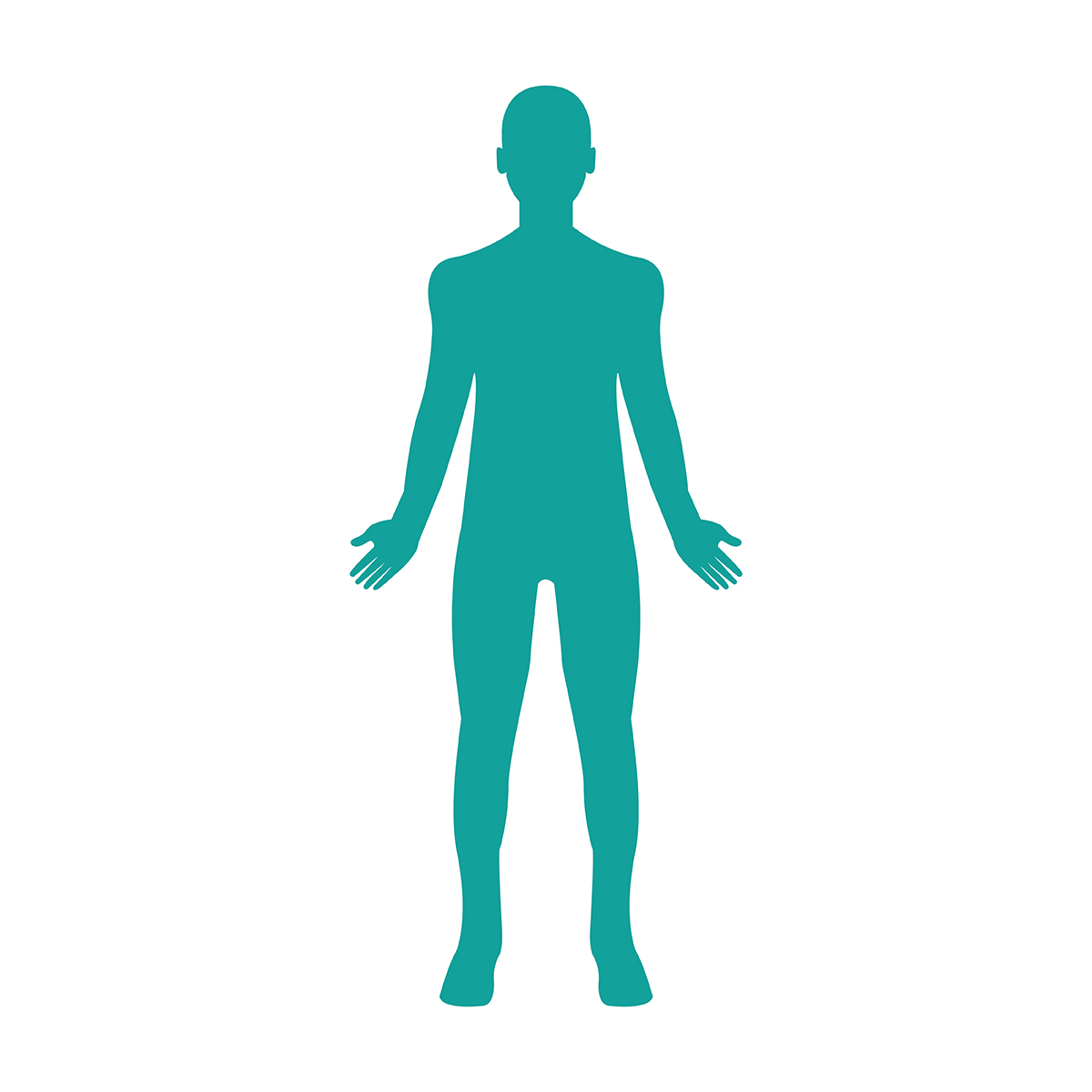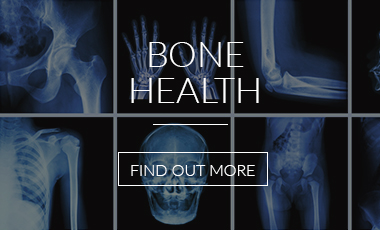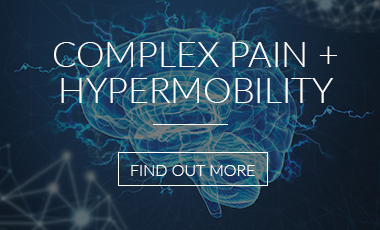Groin injuries comprise at least 2 to 5 per cent of all sports injuries. Early diagnosis and proper treatment are important to prevent these injuries from becoming chronic and disabling.
Adductor strains and osteitis pubis are the most common musculoskeletal causes of groin pain in athletes. However there are a variety of other possible diagnoses and a very meticulous assessment strategy is often required to tease out the clear cause of the symptoms.
For example some individuals have unusual, ‘CAM’, hip shapes that can in some cause some discomfort in their groins. However some people with ‘CAM’ hip shapes get groin pain for other reasons.
Similarly, tears in the rim of the hip, the labrum, can cause hip and groin pain and should be considered as a potential cause in any athletic individual with symptoms at this site. However, studies of healthy volunteers without symptoms have shown that these tears are often present and do not always cause pain.
Other etiologies of groin pain include osteoarthritis (not uncommon even in younger people) sports hernia, groin disruption, iliopsoas bursitis, stress fractures, avulsion fractures, nerve compression and snapping hip syndrome. Pain may also be referred from elsewhere, in particular the spine.
Those patients with groin pain that does not improve with initial treatment should see an expert to clarify the diagnosis. This may require imaging studies and other investigations.









